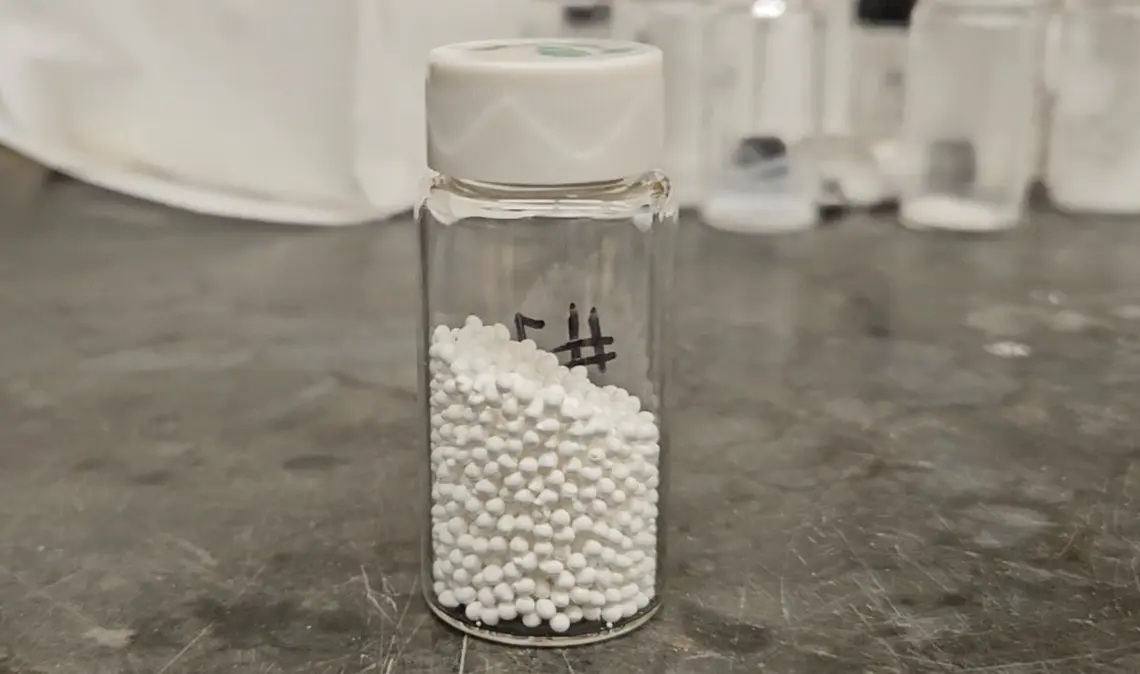Alberta
Province orders School Boards to gather data on class sizes and complexity by Nov 24

Better data, better outcomes for Alberta students |
To help schools address classroom complexity, Alberta’s government will begin collecting annual data on class size and composition.
Over the past three years, Alberta has welcomed more than 80,000 new students. With this unprecedented growth, classroom complexity and class sizes are among the biggest issues facing schools and teachers across the province.
To meet this challenge head on, Alberta’s government will work with school boards to gather yearly data on class sizes and composition. This information will be used to better understand staffing, student needs and classroom complexity. School boards will be required to submit data on Alberta classrooms by Nov. 24, and by January, this data will be made publicly available and will then be released annually.
Data collected on classroom complexity will help the province understand and address issues in schools, including class sizes, and support strategic investments in classrooms. Over the next three years, school boards will be provided with funding to hire 3,000 teachers and 1,500 new education assistants to support students with complex needs.
“We are ready to work with school boards and teachers to address classroom complexity and class sizes. We have heard them loud and clear and we are taking bold action to address these issues.”
Alberta’s government is establishing a Class Size and Complexity Task Force to begin work immediately on identifying solutions to the challenges facing Alberta classrooms. Alongside new annual data collection, the task force will ensure every student gets the attention and support they need to succeed. Details about the task force will be shared in the coming weeks.
“This data will provide essential insight into classroom realities, guiding evidence-based decisions and advocating for sustainable funding to address complexity, ensuring every student and educator in Alberta has the support to thrive.”
Quick facts
To inform decisions on addressing classroom complexity, data will be collected on total numbers of:
- all staff, per school, including roles
- substitute teachers
- district staff, listed by job title
- students, per classroom, per school
- severe, mild/moderate, and gifted/talented students, per classroom, per school
- English as an additional language (EAL) students, per classroom, per school
- refugee students, per classroom, per school
- First Nations, Métis and Inuit students, per classroom, per school
- Individualized Program Plans, per classroom, per school
- students waitlisted for assessment, per classroom, per school
- incidents of aggression and violence
- $55 million was provided in Budget 2025 to address classroom complexity.
- 8.6 billion is being invested to build and renovate more than 130 schools across the province.
- Budget 2025 is investing $1.6 billion in learning support funding to help meet students’ specialized learning needs.
- Budget 2025 is investing $1.1 billion to hire more than 4,000 teachers and educational staff.
Alberta
How one major media torqued its coverage – in the take no prisoners words of a former Alberta premier
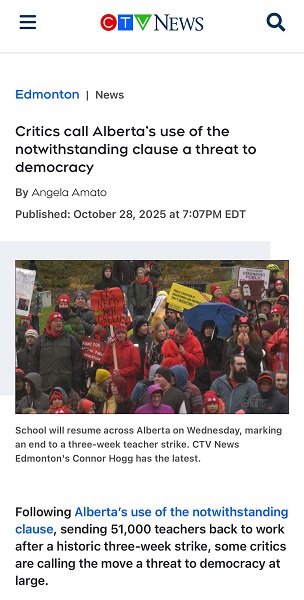
(Editor’s note: I was going to write on the media’s handling of the Alberta government’s decision to order striking teachers back to work and invoke Section 33 of the Charter in doing so. But former Alberta premier Jason Kenney provided such a fulsome dissection of an absence of balance and its consequences in terms of public trust on X that I asked him if The Rewrite could publish it. He said yes and here it is – Peter Menzies.)
By Jason Kenney
This ”story” is an object lesson for why trust in legacy media has plummeted, and alt right media audiences have grown.
”story” is an object lesson for why trust in legacy media has plummeted, and alt right media audiences have grown.
Here CTV “digital news producer” @AngeMAmato (she/her) writes a story about “experts” calling the use of Sec. 33 “a threat to democracy.”
Who are the experts?
A left wing academic, and a left wing activist. The latter, Howard Sapers, is a former Liberal MLA (which the article does not mention) for a party that is so marginal, it has not elected an MLA in over a decade.
For good measure CTV goes on to quote two left wing union bosses, who of course are predictably outraged.
A more accurate headline would be “Four people on the left angry about use of Notwithstanding Clause.” Which is the opposite of news. It’s the ultimate “Dog Bites Man” non-story.
Did the CTV producer make any effort to post a balanced story by asking for comment from academics / lawyers / think tanks who support use of Sec. 33? Did she call the @CDNConstFound or the @MLInstitute’s Judicial Power Project? Did she attempt to reach any of these four scholars, who just published their views in a @nationalpost op-ed last week?
Did she have an editor who asked why her story lacked any attempt at balance?
And did anyone at CTV pause for a moment to ponder how tendentious it is to accuse a democratically elected legislature of acting “undemocratically” by invoking a power whose entire purpose is to ensure democratic accountability?
She provides some historical context about prior use of Sec. 33. Why does that context not include the fact that most democratically elected provincial governments (including Alberta under Premier Lougheed, and Saskatchewan under NDP Premier Blakeney) agreed to adopt the Charter *only if* it included the Notwithstanding Clause to allow democratically elected Legislatures to ensure a democratic check and balance against the abuse of undemocratic, unaccountable judicial power?
Why does she not mention that for the first 33 years of the Charter era, the Canadian Courts ruled that there was no constitutionally protected right to strike?
Why doesn’t she quote an expert pointing out that Allan Blakeney defended the Saskatchewan Legislature’s 1986 use of Sec. 33 to end a strike as “a legitimate use of the Clause?” Or refer to Peter Lougheed’s 1987 commitment to use Sec. 33 if the courts invented a right to strike?
Many thoughtful criticisms can be levelled against Section 33. Being undemocratic is not one of them.
So why do we see so much agitprop like this masquerading as news from so many legacy media outlets?
IMO, there are two possible answers:
1) They are blind to their own biases; and / or
2) People like @AngeMAmato believe that they have a moral imperative to be “progressive journalists” which trumps the boringly old fashioned professional imperative to be objective and balanced.
Whatever the reason, “journalists” like this have no one to blame but themselves for growing distrust of legacy media, and the consequent emergence of non traditional media platforms.
 |
|
Invite your friends and earn rewards
Alberta
Nobel Prize nods to Alberta innovation in carbon capture
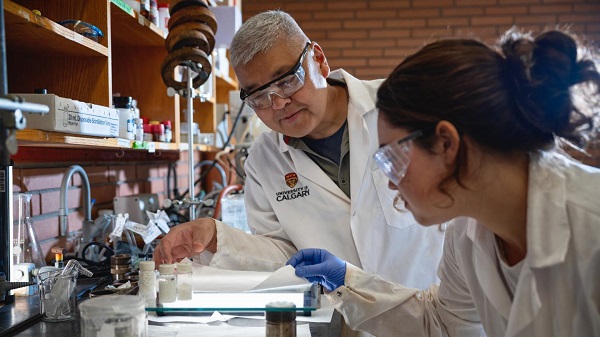
From the Canadian Energy Centre
‘We are excited to bring this made-in-Canada innovation to the world’
To the naked eye, it looks about as exciting as baking soda or table salt.
But to the scientists in the University of Calgary chemistry lab who have spent more than a decade working on it, this white powder is nothing short of amazing.
That’s because the material they invented is garnering global attention as a new solution to help address climate change.
Known as Calgary Framework-20 (CALF-20 for short), it has “an exceptional capacity to absorb carbon dioxide” and was recognized in connection with the 2025 Nobel Prize in Chemistry.
“It’s basically a molecular sponge that can adsorb CO2 very efficiently,” said Dr. George Shimizu, a UCalgary chemistry professor who leads the research group that first developed CALF-20 in 2013.
The team has been refining its effectiveness ever since.
“CALF-20 is a very exciting compound to work on because it has been a great example of translating basic science into something that works to solve a problem in the real world,” Shimizu said.
Advancing CCS
Carbon capture and storage (CCS) is not a new science in Alberta. Since 2015, operating projects in the province have removed 15 million tonnes of CO2 that would have otherwise been emitted to the atmosphere.
Alberta has nearly 60 proposed facilities for new CCS networks including the Pathways oil sands project, according to the Regina-based International CCS Knowledge Centre.
This year’s Nobel Prize in Chemistry went to three of Shimizu’s colleagues in Japan, Australia and the United States, for developing the earliest versions of materials like CALF-20 between 1989 and 2003.
Custom-built molecules
CALF-20 is in a class called metal-organic frameworks (MOFs) — custom-built molecules that are particularly good at capturing and storing specific substances.
MOFs are leading to new technologies for harvesting water from air in the desert, storing toxic gases, and capturing CO2 from industrial exhaust or directly from the atmosphere.
CALF-20 is one of the few MOF compounds that has advanced to commercial use.
“There has been so much discussion about all the possible uses of MOFs, but there has been a lot of hype versus reality, and CALF-20 is the first to be proven stable and effective enough to be used at an industrial scale,” Shimizu said.
It has been licensed to companies capturing carbon across a range of industries, with the raw material now being produced by the tonne by chemical giant BASF.
Carbon capture filter gigafactory
Svante Inc. has demonstrated its CALF-20-based carbon capture system at a cement plant in British Columbia.
The company recently opened a “gigafactory” in Burnaby equipped to manufacture enough carbon capture and removal filters for up to 10 million tonnes of CO2 annually, equivalent to the emissions of more than 2.3 million cars.
The filters are designed to trap CO2 directly from industrial emissions and the atmosphere, the company says.
Svante chief operating officer Richard Laliberté called the Nobel committee’s recognition “a profound validation” for the entire field of carbon capture and removal.
CALF-20 expansion
Meanwhile, one of Shimizu’s former PhD students helped launch a spinoff company, Existent Sorbents, to further expand the applications of CALF-20.
Existent is working with oil sands producers, a major steel factory and a U.S.-based firm capturing emissions from other point sources, said CEO Adrien Côté.
“The first users of CALF-20 are leaders who took the risk of introducing new technology to industries that are shrewd about their top and bottom lines,” Côté said.
“It has been a long journey, but we are at the point where CALF-20 has proven to be resilient and able to survive in harsh real-world conditions, and we are excited to bring this made-in-Canada innovation to the world.”
-

 Business1 day ago
Business1 day agoCanada heading into economic turbulence: The USMCA is finished and Canadian elbows may have started the real fight
-
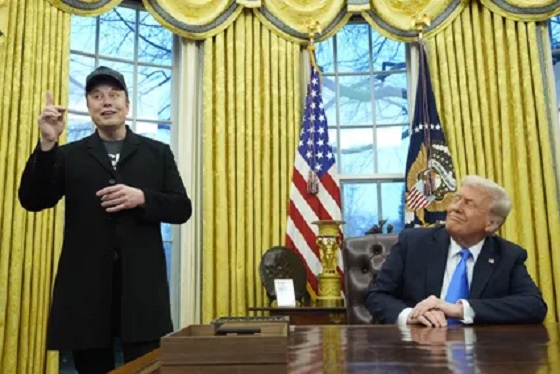
 Internet2 days ago
Internet2 days agoMusk launches Grokipedia to break Wikipedia’s information monopoly
-

 Business2 days ago
Business2 days agoBill Gates walks away from the climate cult
-

 National1 day ago
National1 day agoCanadian MPs order ethics investigation into Mark Carney’s corporate interests
-

 National1 day ago
National1 day agoCanada’s NDP is now calling women ‘non-males’
-

 Business1 day ago
Business1 day agoFord’s Liquor War Trades Economic Freedom For Political Theatre
-
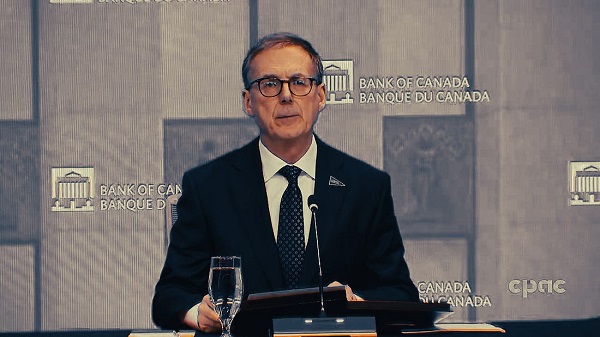
 Banks1 day ago
Banks1 day agoBank of Canada Cuts Rates to 2.25%, Warns of Structural Economic Damage
-
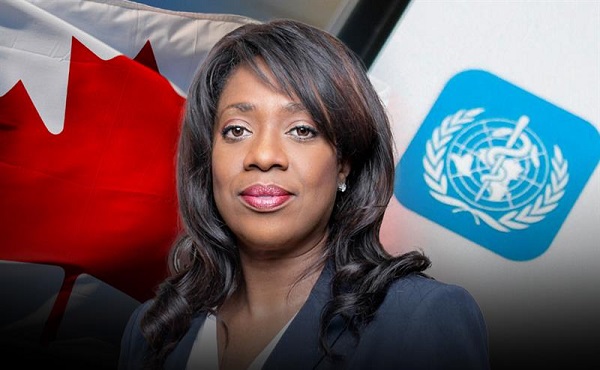
 Health1 day ago
Health1 day agoLeslyn Lewis urges Canadians to fight WHO pandemic treaty before it’s legally binding


